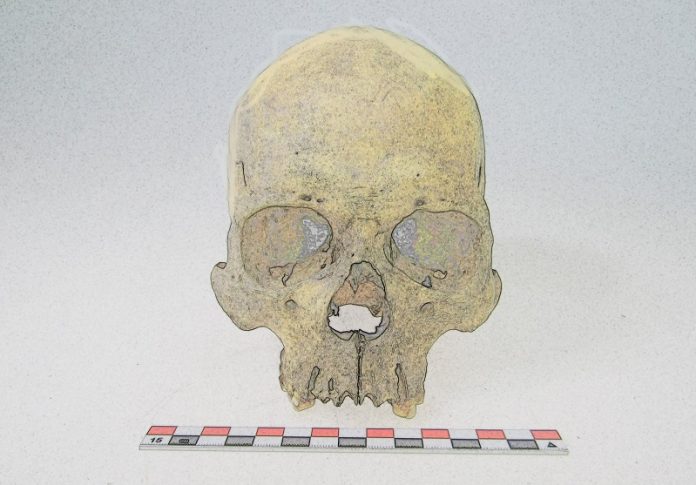
A rare form of leprosy may have existed in the Americas long before European colonization, according to new research using ancient DNA.
The discovery challenges the long-held belief that leprosy only arrived in the Americas with Europeans.
Leprosy, also called Hansen’s Disease, is a long-lasting illness that can lead to physical damage if left untreated.
While modern medicine can treat it effectively, access to treatment still depends heavily on a country’s wealth and health system.
Historically, leprosy left telltale damage on bones, and such signs have been found in ancient skeletons from Europe, Asia, and Oceania as far back as 5,000 years ago.
But until now, similar bone evidence hadn’t been found in skeletons from the pre-colonial Americas, suggesting that the disease might have arrived later.
The disease is caused by two types of bacteria: Mycobacterium leprae, the more common one, and Mycobacterium lepromatosis, which is much rarer and less understood.
While scientists have found ancient DNA from M. leprae in old European remains, ancient examples of M. lepromatosis have been missing—until now.
A research team led by Dr. Kirsten Bos at the Max Planck Institute for Evolutionary Anthropology has been studying ancient diseases using DNA found in old human bones.
Working with scientists in Argentina and Chile, they found 4,000-year-old human skeletons in Chile that showed genetic signs of leprosy. Surprisingly, the DNA didn’t match the common strain. Instead, it was M. lepromatosis.
This find suggests that the rarer form of leprosy has been in the Americas for thousands of years—long before Europeans arrived. The team’s careful work to isolate and piece together the ancient bacterial genome showed that this old strain is related to modern forms of M. lepromatosis.
The DNA was surprisingly well-preserved for its age, allowing the scientists to reconstruct parts of its genome.
Although the discovery raises exciting possibilities, there are still many questions. Only a few M. lepromatosis genomes have been found globally, making it difficult to know how the disease spread and evolved.
The researchers hope that by searching more skeletons from different time periods and regions, they can build a clearer picture of this ancient disease’s history.
One mystery is whether the disease started in the Americas or came with early human settlers from Asia thousands of years ago. Right now, the evidence slightly favors the idea that M. lepromatosis may have originated in the Americas, but more discoveries are needed to confirm that.
Interestingly, the bacteria have recently been found in squirrels in the UK and Ireland. But in the Americas, the only known ancient carriers so far are humans. The team believes that more cases will be uncovered as researchers begin to specifically look for this rare strain.
This discovery reshapes what we know about disease in the Americas before European contact and opens up new questions about how leprosy evolved and spread across the globe.



